
Adventure
19:08, 08-Mar-2019
Plan your next trip to Beijing: Niujie Mosque
Updated
10:57, 09-Mar-2019
Wang Yutong
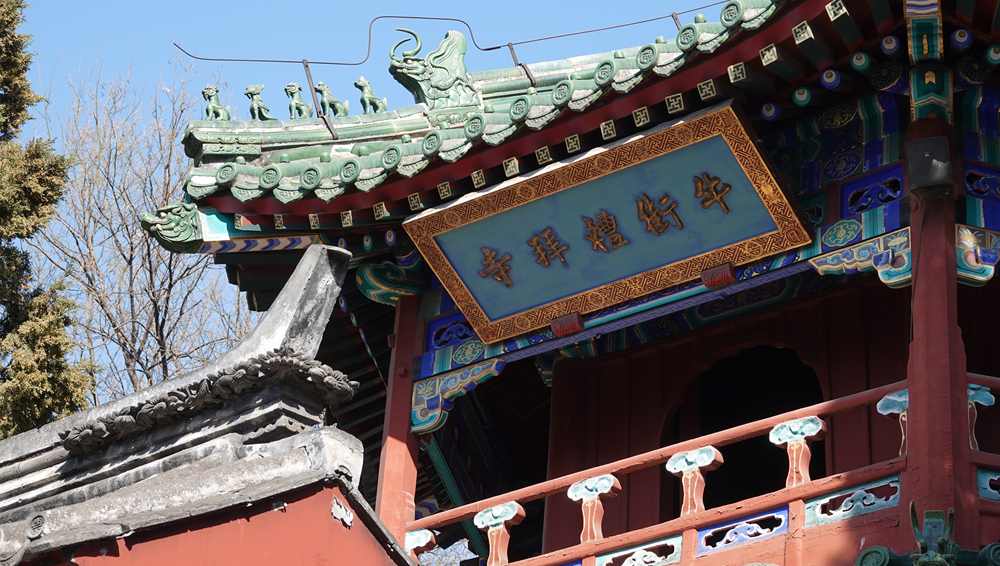
Walking along the south end of Niujie street in Xicheng District, Beijing, you can spot a beautifully glazed hexagonal pavilion with double eaves. It is the Moon Watching Tower of the Niujie Mosque. Follow CGTN travel to visit this famous Muslim mosque and learn more about its history.
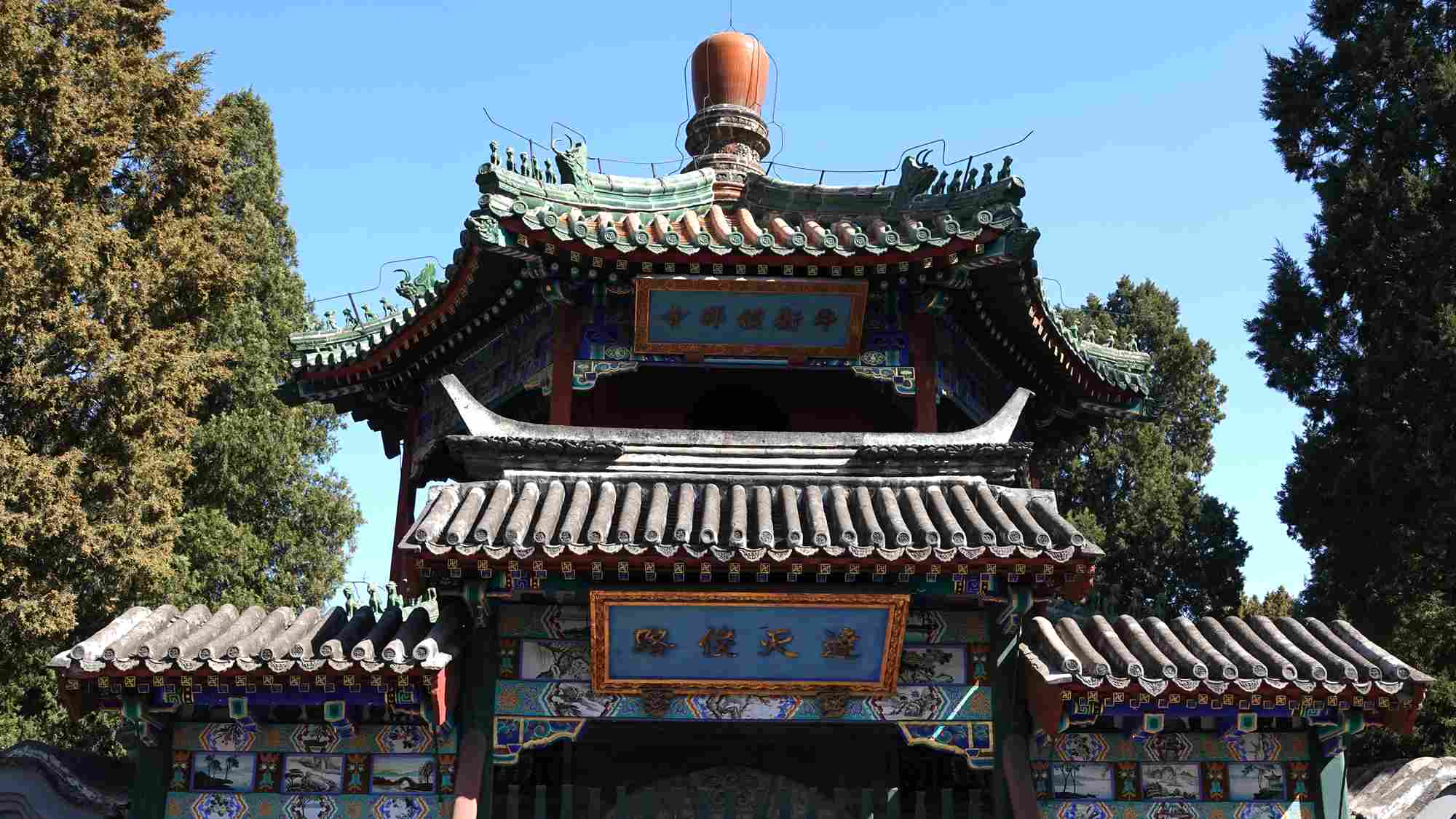
The Moon Watching Tower of the Niujie Mosque, the largest and oldest mosque in Beijing. /CGTN Photo
The Moon Watching Tower of the Niujie Mosque, the largest and oldest mosque in Beijing. /CGTN Photo
The Niujie Mosque is Beijing's largest and oldest mosque, built in 996 during the Liao Dynasty (916-1125). It is the only Muslim mosque in the world that combines ancient Chinese architecture with Arabic-style decorations. On the outside, its architecture shows traditional Chinese influence while it blends Islamic calligraphy and Chinese design on the inside.
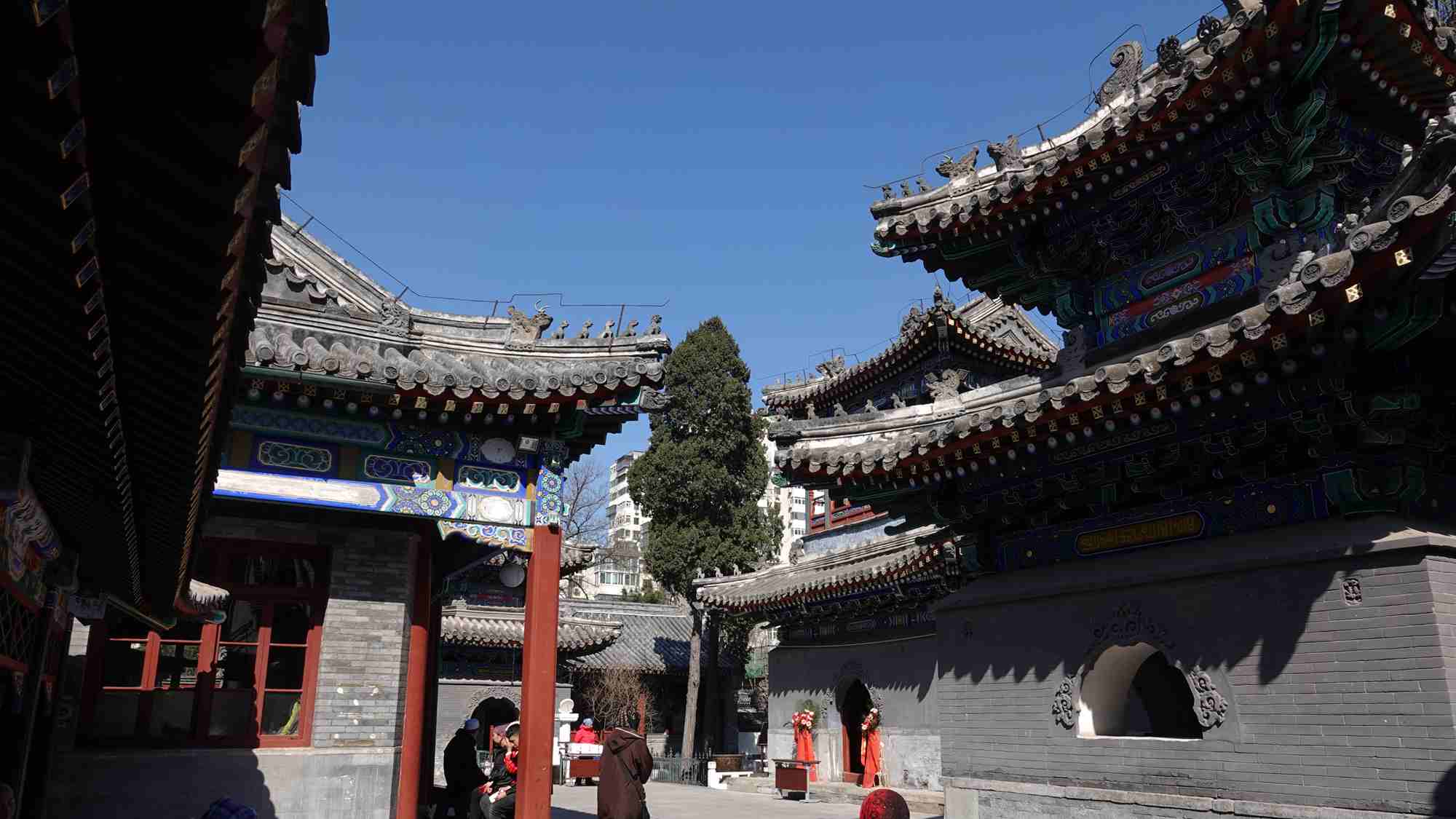
The Niujie Mosque's first courtyard, centered by the Moon Watching Tower. /CGTN Photo
The Niujie Mosque's first courtyard, centered by the Moon Watching Tower. /CGTN Photo
To get to the front gate, we need to bypass a 40-meters-long wall. Only from the inside, we can see that the wall is embellished by a beautiful white marble pedestal. Also from the inside, we are able to spot a series of relief sculptures, depicting images of auspicious clouds, a pendulum clock on a tree and a chessboard besides a stove. There are no human or animal figures on the wall since Islamic mosque decorations tend to avoid such representative patterns.
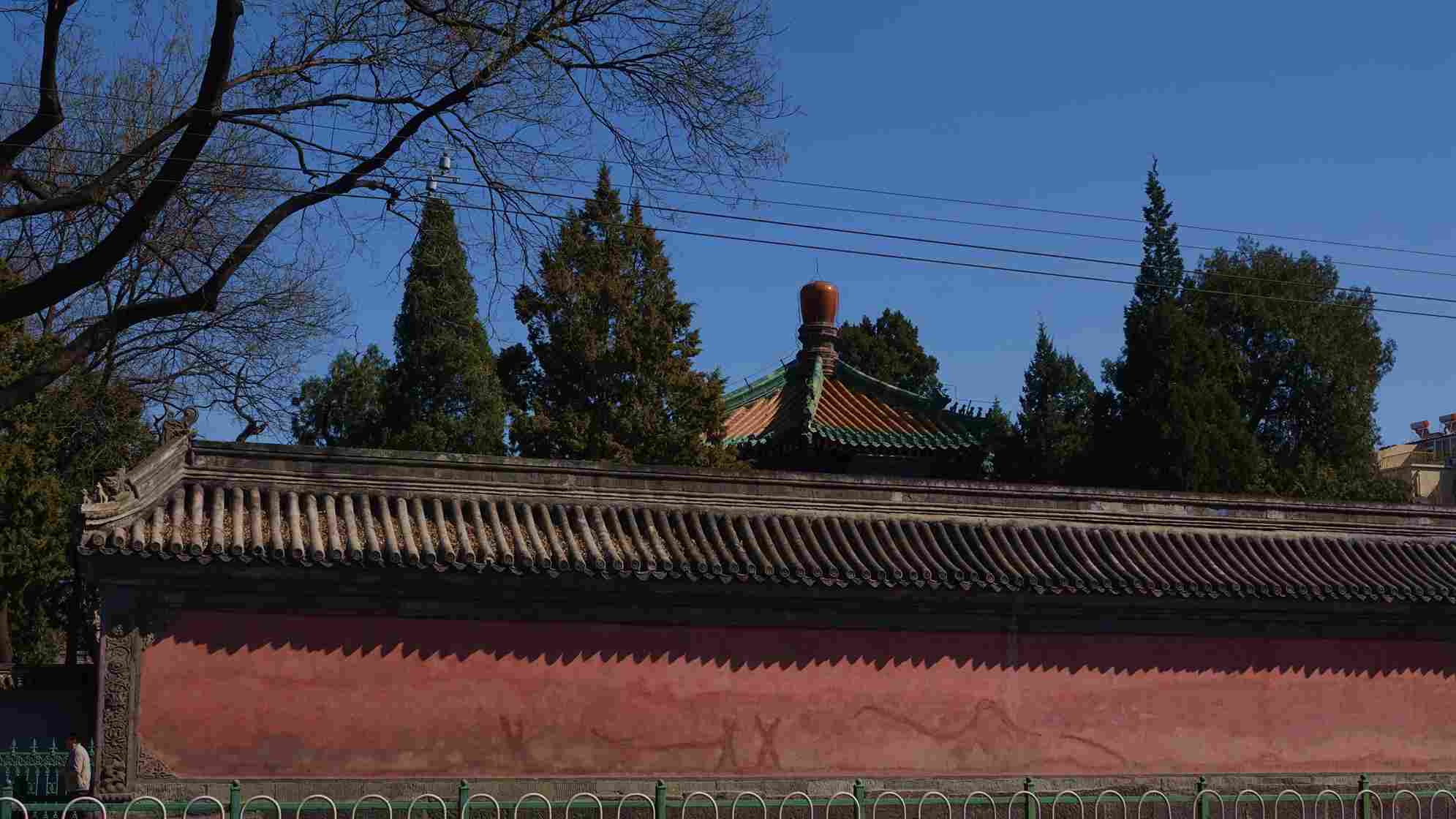
The wall outside Niujie Mosque. /CGTN Photo
The wall outside Niujie Mosque. /CGTN Photo
Bypassing the wall, we have reached the main gate of the mosque. At the center of the first courtyard, the 10-meter-high Moon Watching Tower stands in front of us. Every year during September of the Muslim's calendar, the imams of Niujie Mosque climb up the tower to determine the beginning and end of Ramadan by observing the changing moon night by night, hence its name.
Following the path beside the tower, we find the Main Prayer Hall in the second courtyard. It is the most important building here. The hall covers an area of 600 square meters and can hold more than 1,000 worshipers. Please note, it is only open to Muslims and you cannot take any photos inside.
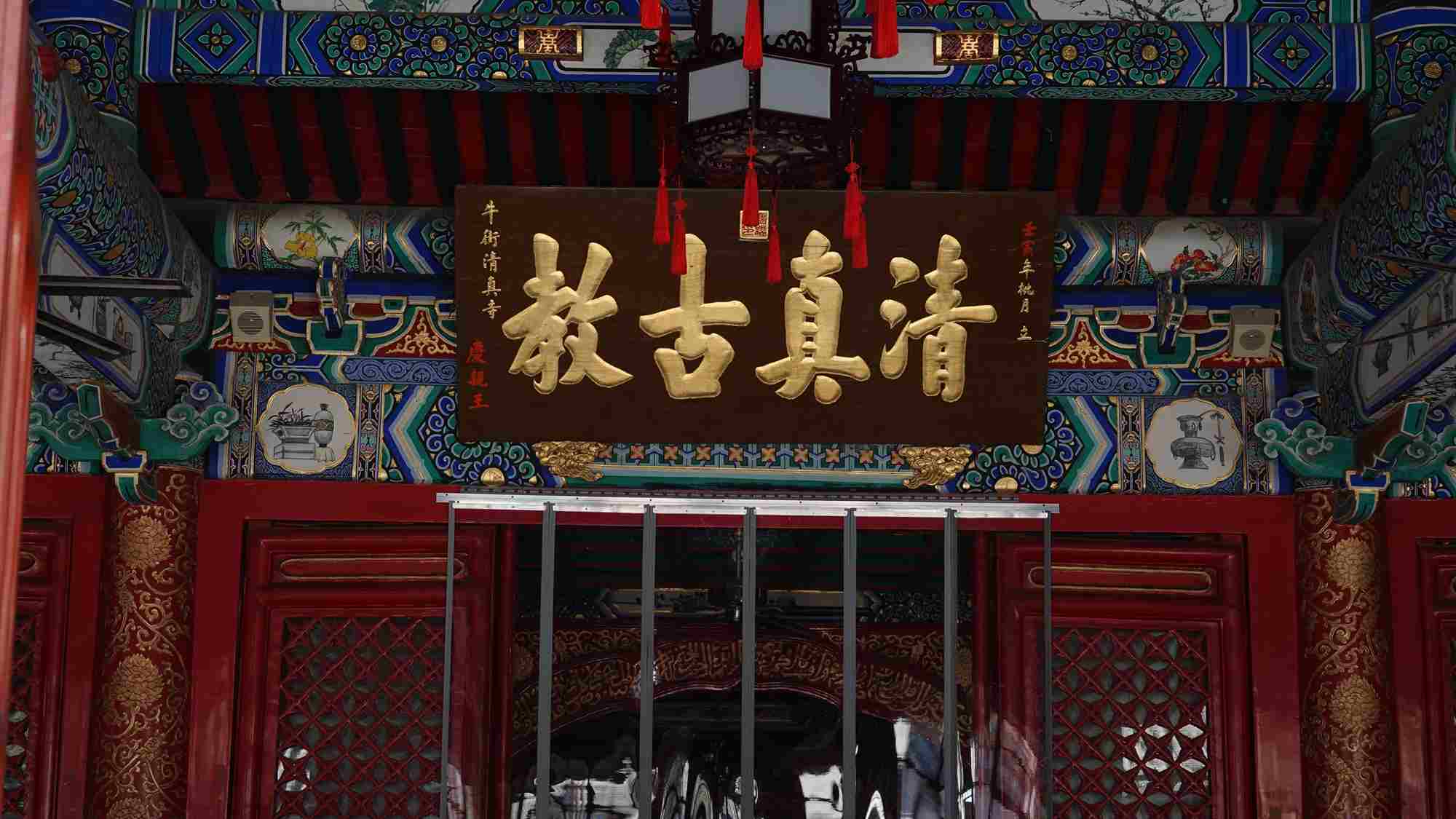
The Niujie Mosque's Main Prayer Hall. /CGTN Photo
The Niujie Mosque's Main Prayer Hall. /CGTN Photo
There are two lecture halls known as the Xuanli Minaret in the courtyard outside the Main Prayer Hall. The stele erected in one of the pavilions begets the age-old history of the mosque. In these buildings, we will discover ancient ceramics with Arabic inscriptions, handwritten Quran scriptures and various printing plates.
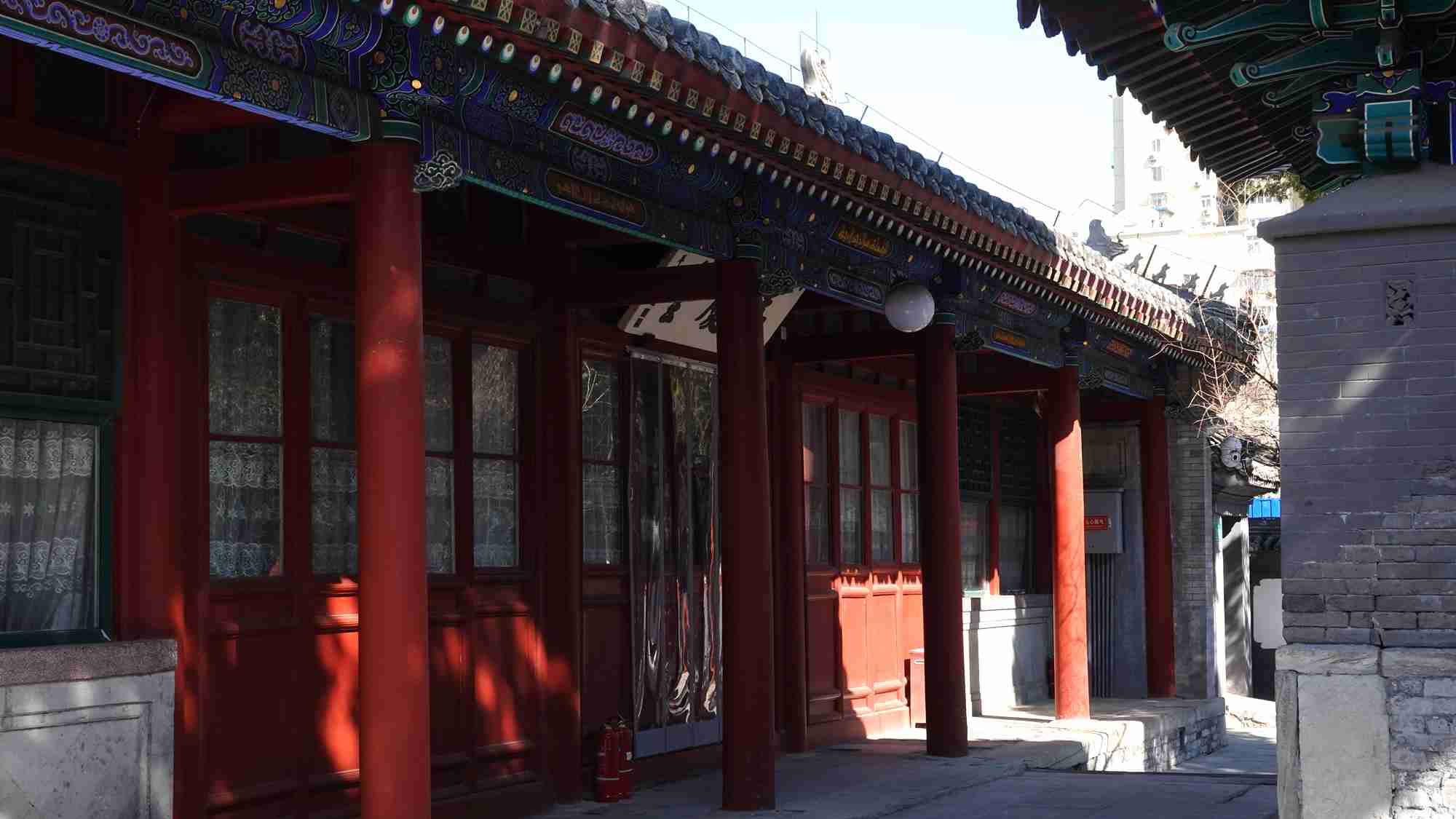
One of the lecture halls outside the Main Prayer Hall. /CGTN Photo
One of the lecture halls outside the Main Prayer Hall. /CGTN Photo
Niujie, where the mosque is located, is also home to the largest Muslim community in Beijing. The adjacent markets have long been known for their Halal beef. Until today, the strong presence of Muslim grocery and snack stores along the road will surprise you. Be prepared for a long waiting line because some of the freshly prepared delicacies are incredibly sought-after.
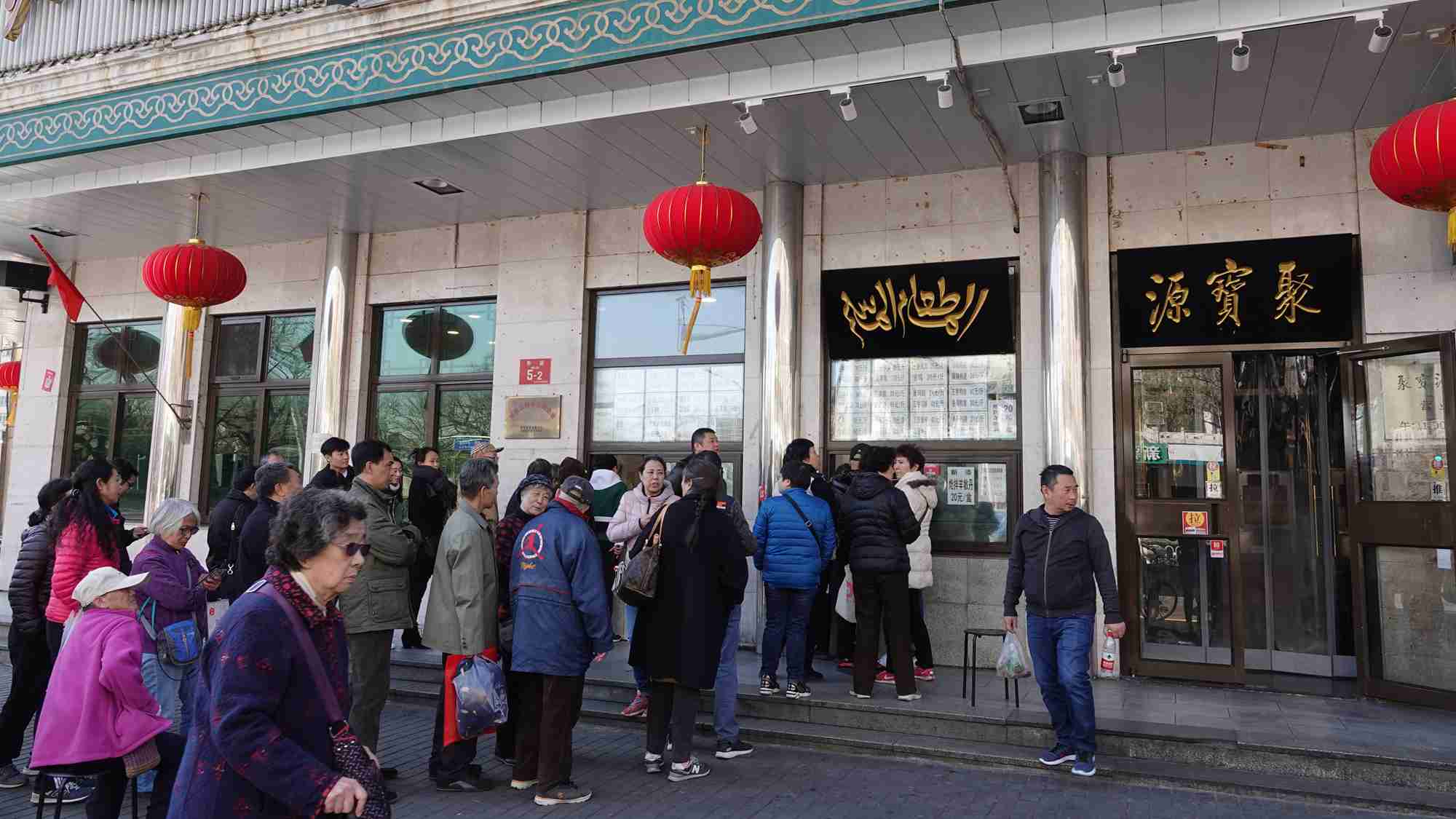
Ju Bao Yuan - a famous Muslim hot pot restaurant on Niujie street. /CGTN Photo
Ju Bao Yuan - a famous Muslim hot pot restaurant on Niujie street. /CGTN Photo
The Niujie Mosque is one of the top tourist sights for Muslims from both China and the world. It offers visitors not only the chance to admire a unique building, but also the opportunity to broaden their knowledge about Islam and its place in Chinese cultural history.
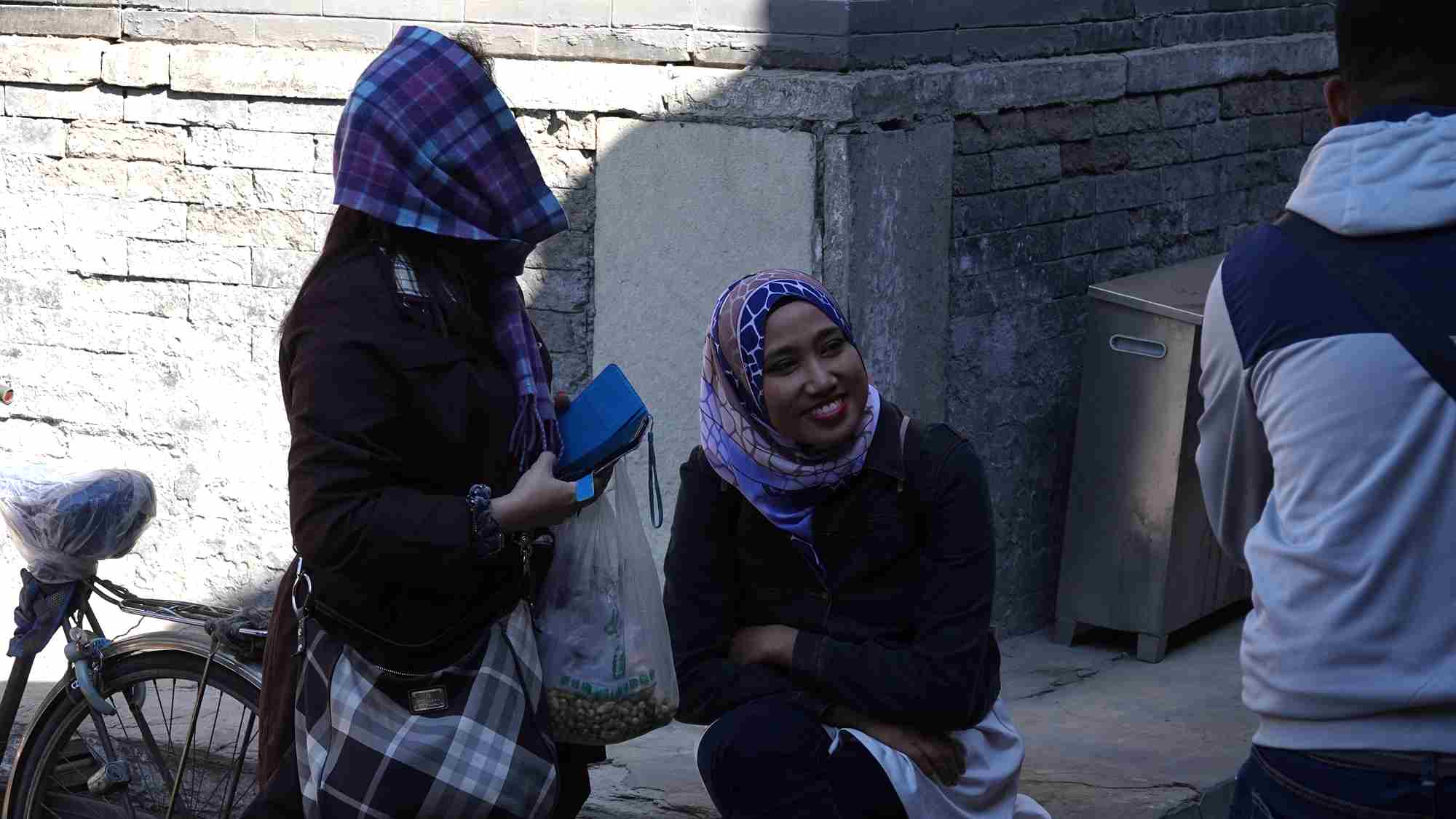
People from all corners of the world come to visit the Niujie Mosque. /CGTN Photo
People from all corners of the world come to visit the Niujie Mosque. /CGTN Photo
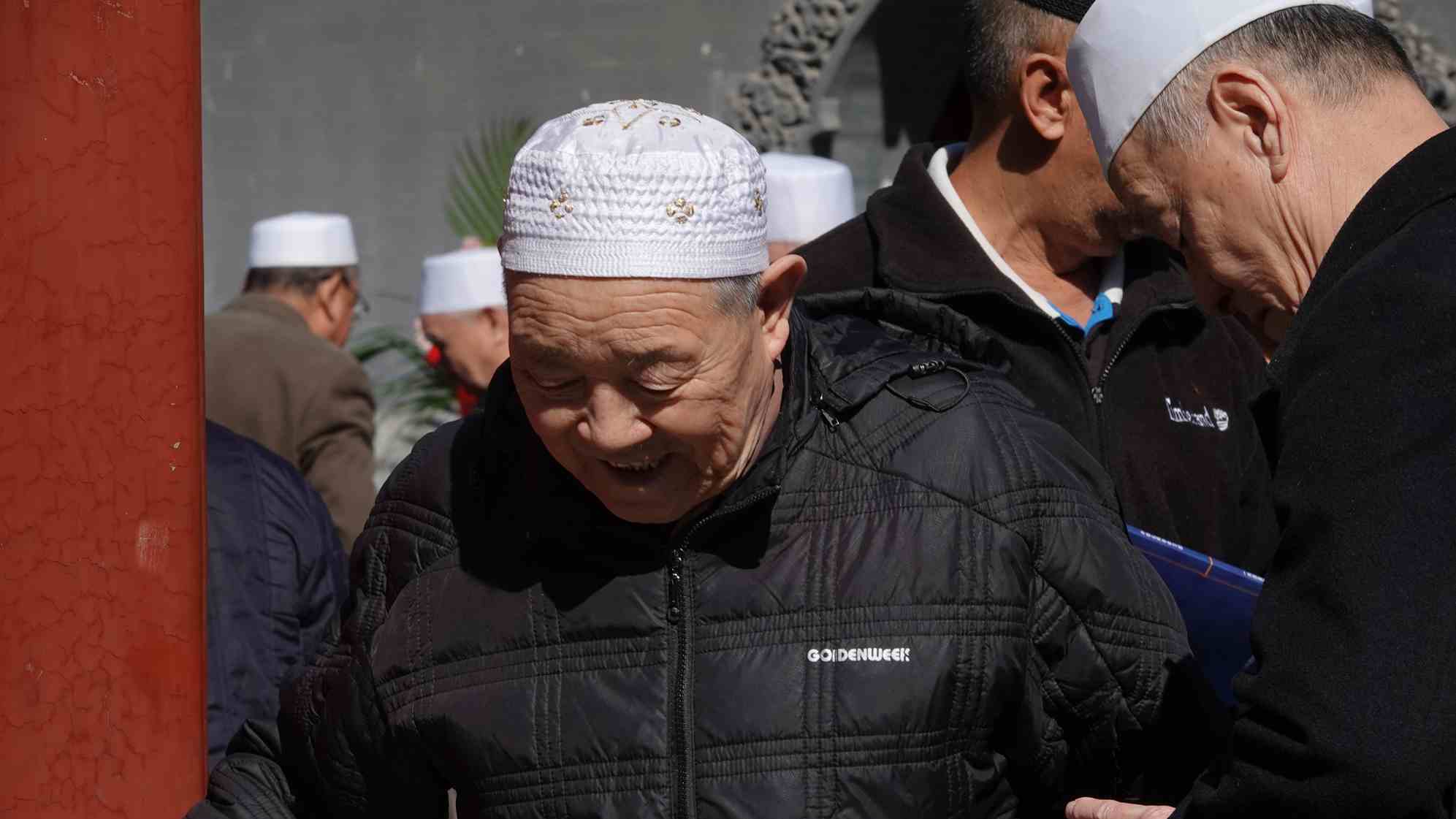
An elder visitor to the Niujie Mosque. /CGTN Photo
An elder visitor to the Niujie Mosque. /CGTN Photo
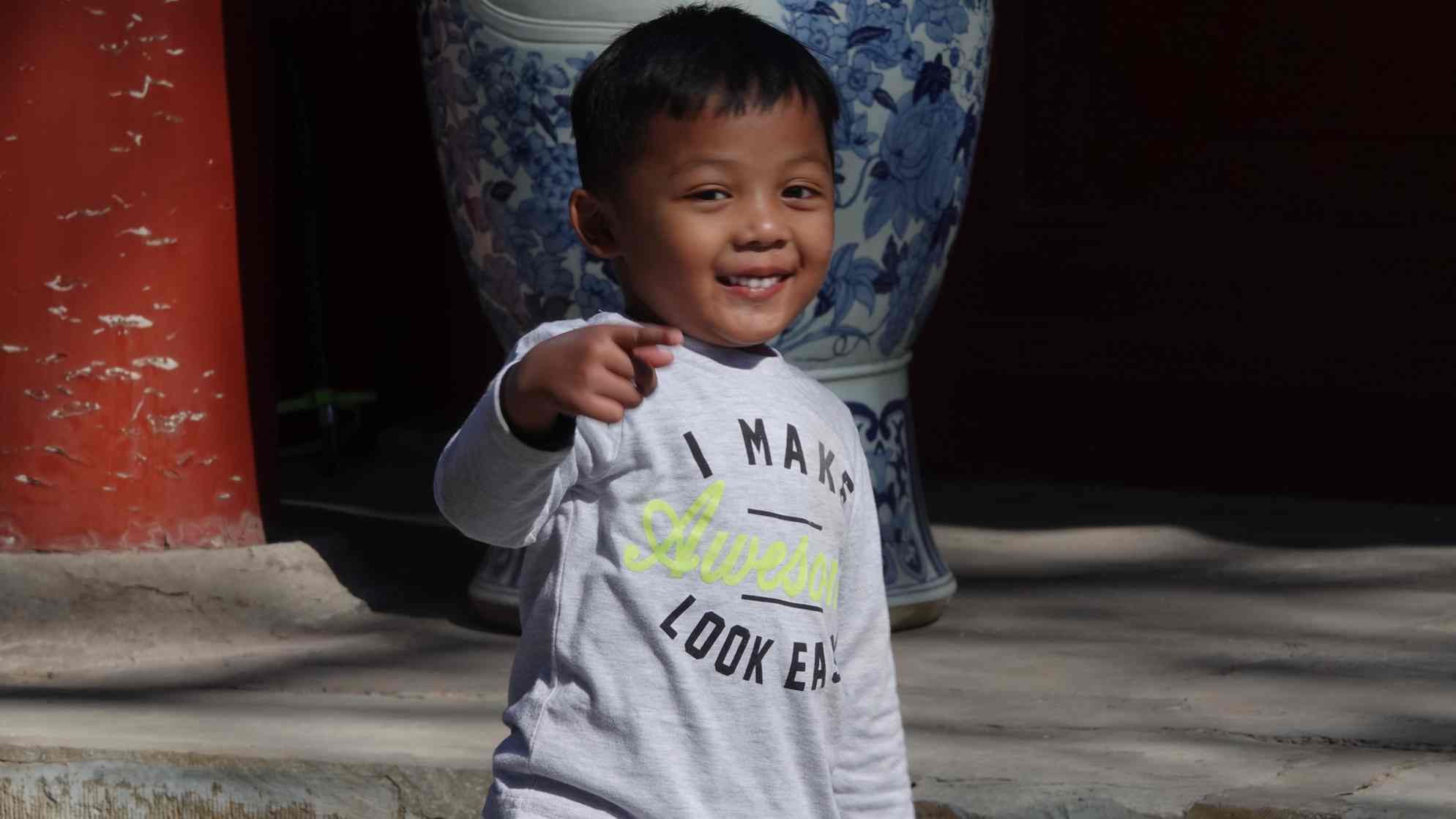
A child visitor to the Niujie Mosque. /CGTN Photo
A child visitor to the Niujie Mosque. /CGTN Photo

SITEMAP
Copyright © 2018 CGTN. Beijing ICP prepared NO.16065310-3
Copyright © 2018 CGTN. Beijing ICP prepared NO.16065310-3